 |
| Source: Emily Geoff Flickr |
MIT Baker House Dormitory, Cambridge, Massachusetts, USA, 1946 designed by Alvar Aalto
Built with dark red rustic bricks, the modular pieces come together to create sweeping curves that juxtapose the solid limestone of the attached rectilinear common room. The common room is a calm static space in comparison to the movement of the dormitories. The lower floor is lit with circular lights and the upper floor has views of the river. -- ArchDaily
 |
| Source: ltarkitekter.dk |
Trapholt Art Museum, Kolding, Denmark, 1988 designed by Lundgaard & Tranberg Arkitekter
The museum is organized around a spatial and circulatory sequence that begins at the entry court, innermost and highest on the site, and culminates in the panorama over the fjord. A continuous, massive wall acts as the circulatory backbone of the complex, integrating museum and landscape as its sculptural form traverses the contours of the site.
The exhibition spaces are a sequence of interlocking rooms, arranged along one side of the massive wall, so that all spaces are accessible. The exhibition spaces have skylights and windows placed according to exhibition requirements and exterior views. -- architect's web site
 |
| Source: openbuildings.com |
Kunsthaus, Graz, Austria, 2003 designed by Peter Cook and Colin Fournier
....known locally as the Friendly Alien—has since become an attraction for art lovers and the culturally minded from all over the world. But it has also become an essential landmark in the urban identity of the city of Graz. As an exhibition centre for contemporary art, the Kunsthaus exhibits Austrian and international art from 1960 onwards. Its BIX media façade—designed by Berlin designers realities:united—constitutes a unique fusion of architecture and media technology. Effectively a large screen in the middle of the city, it acts as an instrument of art communication. -- OpenBuildings
 |
| Source: Christoph Bonke archdaily.com |
Stödel Museum, Frankfurt, Germany, 2007 designed by Schneider + Schumacher
By placing the new building below the museum’s garden, they almost doubled the exhibition area from 4,000 m2 to 7,000 m2. The outer surface of the doubly-curved roof slab is covered by a total of 195 roof lights, varying in diameter from 1.50 m at the outer edge to 2.50 m at the highest point in the centre. These “eyes for art” were specially developed for the Städel extension and are designed to be walked on. Daylight entering the exhibition space Städel below can be controlled; either augmented using the integrated LED lighting system or mitigated by shading elements built into the roof light. -- ArchDailyRead a post from eVolo
 |
| Source: Tim Griffith archdaily.com |
California Academy of Sciences, San Francisco, California, USA, 2008 designed by Renzo Piano
The planetarium and the bubble that contains the rain forest habitat are the two big spheres that shape the green roof. The roof becomes a landscape with California native species, that won´t need extra maitenance or water, attracting local species to occupy it. Thus, the green roof won´t be fully accesible to visitors, who can only walk through a small path.
- The undulating roofline will draw cool air into the open piazza at the center of the building, naturally ventilating the surrounding exhibit spaces. Skylights in the roof will automatically open and close to vent hot air out through the tops of the domes.
- The skylights are strategically placed to allow natural sunlight to reach the living rainforest and coral reef. -- ArchDaily
 |
| Source: Jeremy San archdaily.com |
9 Leedon Park, Singapore, 2011 designed by ipli architects
The house is designed to be passively cooled and naturally lit. The concrete walls insulate the interiors from the harsh sunlight and tropical heat. Hot air is vented through small openings in the roof so that there will not be any build up of temperature. A water feature trickles water down the concrete wall, cooling it further. Little skylights with low-e film illuminate the interiors without letting in too much heat. The concrete walls are left in their natural finish so that they will age naturally with time. -- ArchDaily
 |
| Source: Javier Callejas Sevilla archdaily.com |
Zamora Offices, Zamora, Spain, 2012 designed by Alberto Campo Baeza
Within the stone box, a glass box, only glass. Like a greenhouse. With a double facade similar to a Trombe wall. The external skin of the facade is made of glass, each single sheet measuring 600x300x1,2 and all joined together simply with structural silicone and hardly anything else. As if entirely made of air. -- ArchDaily
 |
| Source: Brigida Gonzalezarchdaily.com |
Forum at the Eckenberg Academy, Adelsheim, Germany, 2013 designed by Ecker Architekten
The framing structure of the building is a three-axis lacunar concrete slab supported by three rotationally-cast concrete columns. The slab is articulated through a variety of cycloidal coffers, some of which accommodate transparent skylights. The coffering reduces the actual weight of the supporting structure while demonstrating the physical depth of the construction. The skylights ventilate the space, provide acoustic absorption, and contain integrated lighting to illuminate the space by day and night. -- ArchDaily
 |
| Source: James Ewing archdaily.com |
Henry W Bloch Executive Hall at University, Kansas City, Missouri, USA, 2013 designed by BNIM + Moore Ruble Yudell
Daylight penetrates the building, and spaces are easily adaptable to accommodate changing needs and active uses. -- ArchDaily
 |
| Source: Emre Arolat Architects + Ertuğrul Morçöl + Selahattin Tüysüz archdaily.com |
Ulus Savoy Residences, Istanbul, Turkey, 2013 designed by Emre Arolat Architects + Ertuğrul Morçöl + Selahattin Tüysüz
The garage level was designed to hold a sufficient number of cars and to fit the basement of each building block, and, by problematizing the upper cover, at the same time constituted the substructure of a “new topography” within a negative-positive relationship. Each different level in the garage was connected by ramps, thus rendering it fluid. -- ArchDaily
 |
| Source: Adi Wainberg archdaily.com |
K-house, Tel Aviv-Yafo, Israel, 2013 designed by Arbejazz Architecture Studio
The entrance level consists of a family zone animated by natural light coming from a set of round skylights, which offers a playful interaction between this level and the balcony above. -- ArchDaily
 |
| Source: Jannes Linders archdaily.com |
Grotius Building of Radboud University Nijmegen, Montessorilaan 10, Radboud University Nijmegen, 6525 HR Nijmegen, The Netherlands, 2014 designed by Benthem Crouwel Architects
The main entrance is located on a future new square. Through this entrance one enters the bright central atrium. The vital functions such as the library, the large lecture hall for 500 students and restaurant are grouped around the atrium, over several floors. A waterfall of wide stairs, located at the centre of the atrium, connects all floors. -- ArchDaily
 |
| Source: Brigida González archdaily.com |
Chamber of Industry and Commerce, Jaeger Street 30, 70174 Stuttgart, Germany, 2014 designed by Wulf Architekten
On the ground floor the visitors can immediately find a large function room which can be enlarged to the foyer. Borrowed lights are illuminating this arrival area and most public space of the building. -- ArchDaily
 |
| Source: Fernando Guerra | FG+SG archdaily.com |
RENOVA Store & Theatre, Almonda, 2350, Portugal, 2014 designed by PHYD ARQUITECTURA
Perforation over the surface, which is obtained from two different mechanisms, the cut and perforation itself. -- ArchDaily
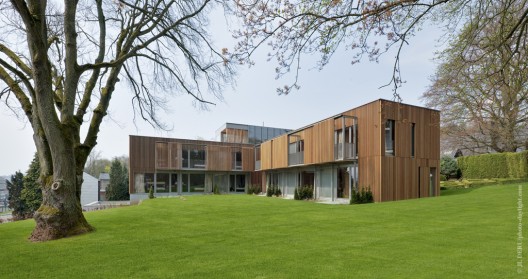



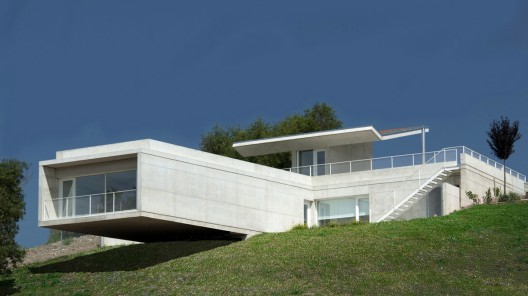




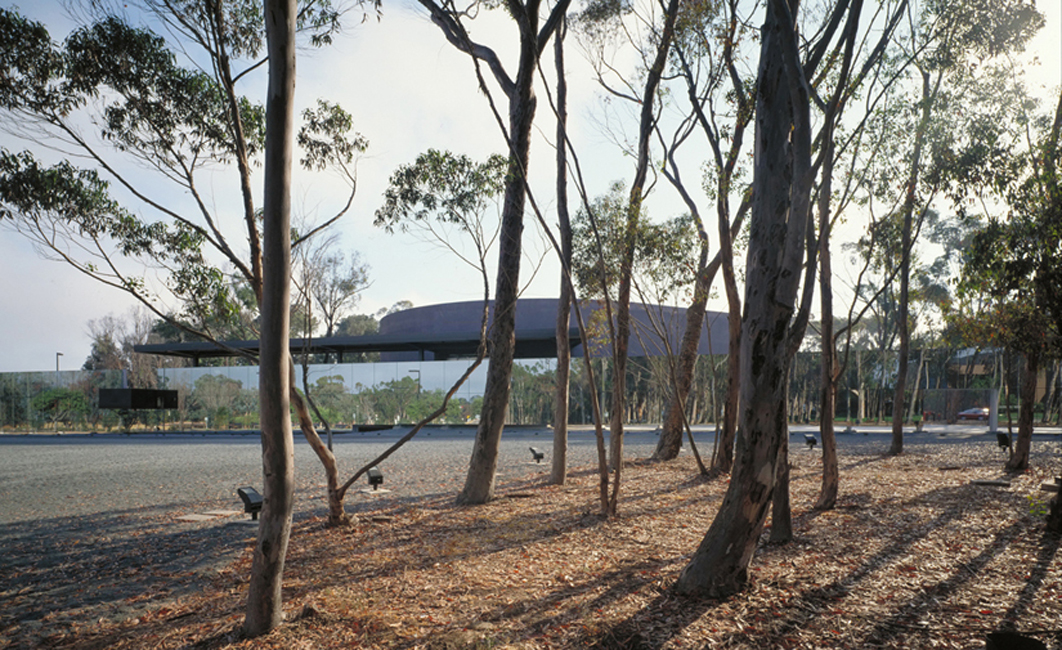












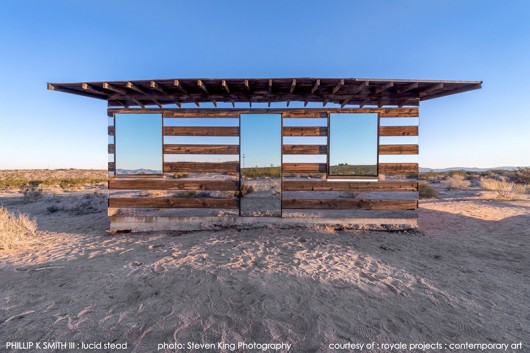



_from_east'.jpg/337px-Cloud_Gate_(The_Bean)_from_east'.jpg)




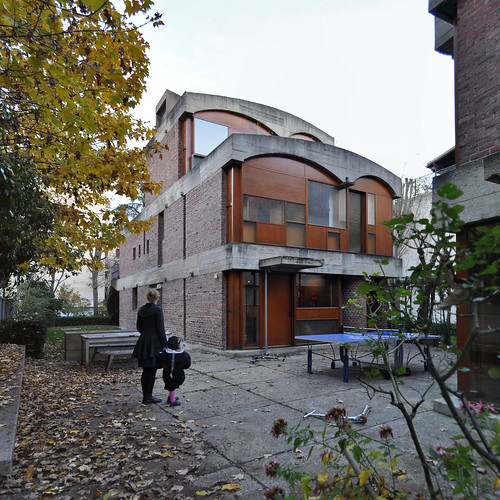






.jpg?1438911832)